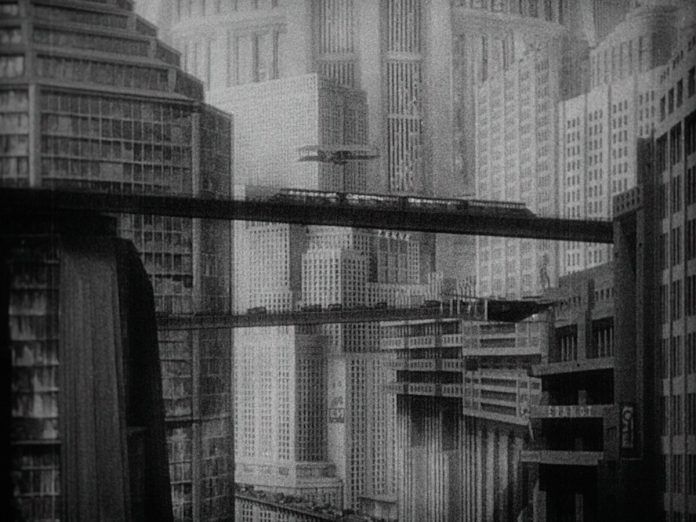For Futurism, art and life were two inseparable expressions of the same thought: theatre, cuisine, fashion, furniture, everything was invested by the revolution of which the movement was the standard-bearer. It was the celebration of the beauty of the machine, of modernity: “a roaring automobile, which seems to run on machine gun fire, is more beautiful than the Nike of Samothrace”, wrote Filippo Tommaso Marinetti in the First Manifesto of Futurism (1909).
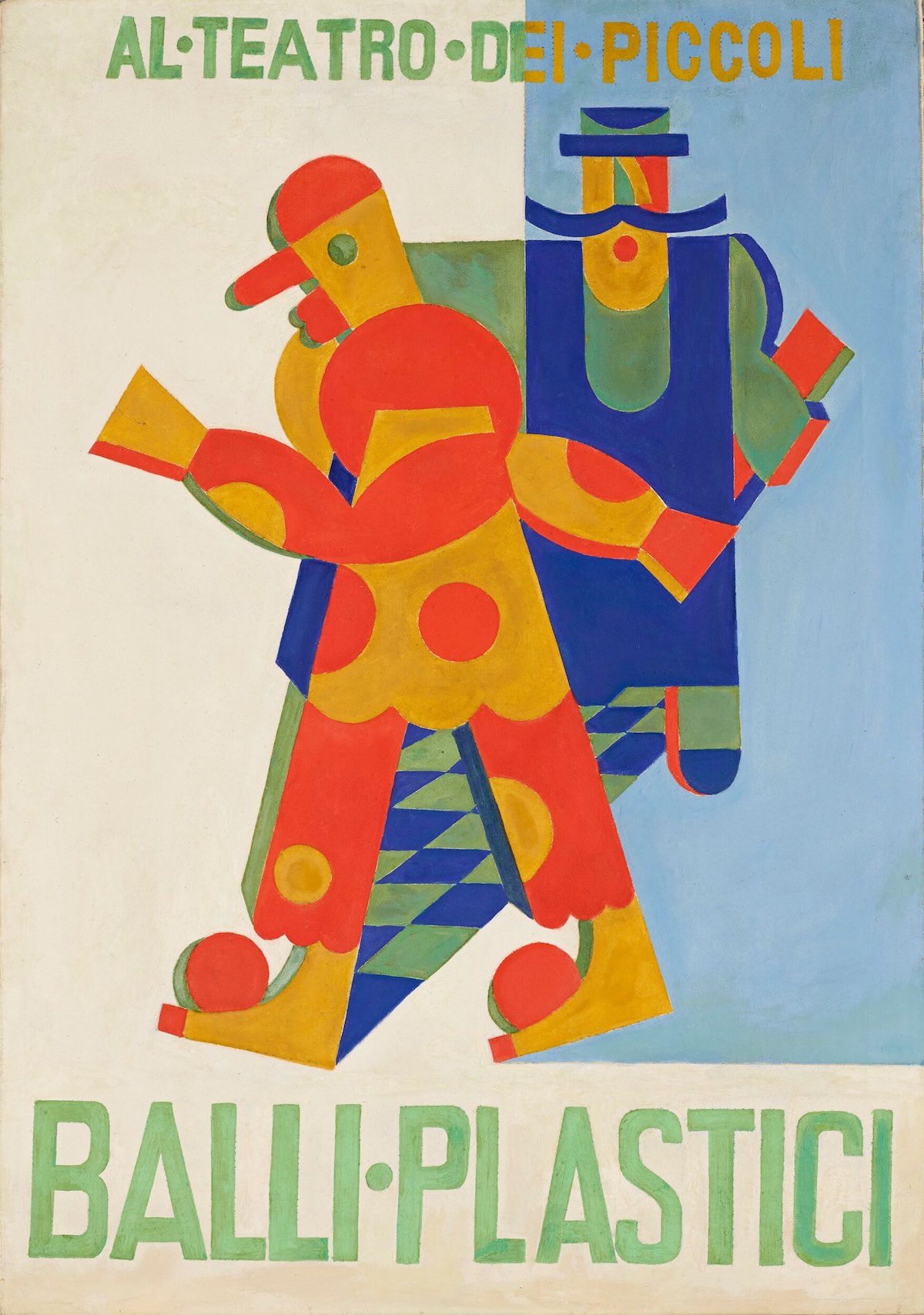
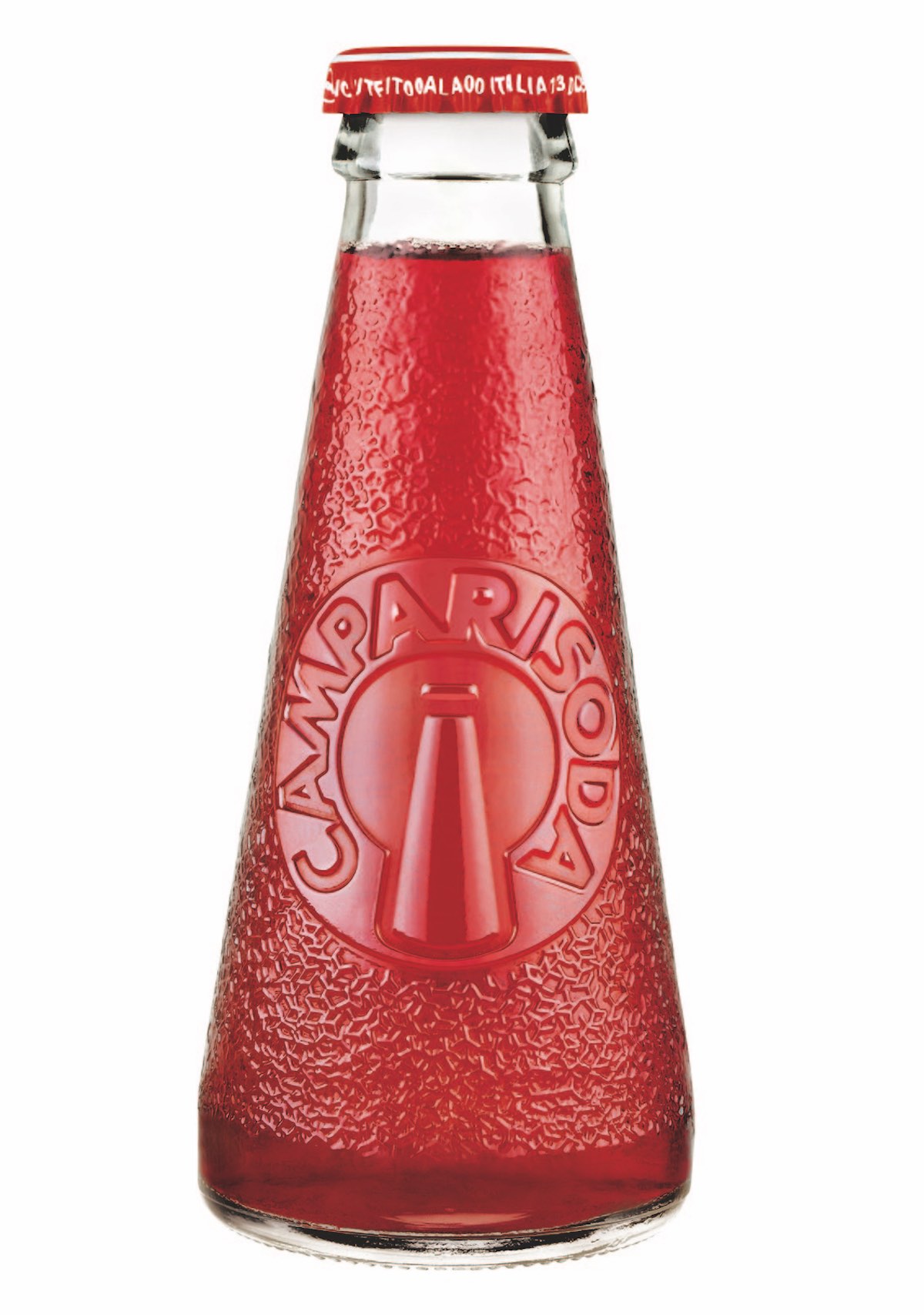
Today an exhibition at the Kröller-Müller Museum in Otterlo, the Netherlands, recounts this aesthetic idea in full: Futurism & Europe. The Aesthetics of a New World (29/04 – 3/9). Alongside paintings and sculptures, there will be furniture, carpets, ceramics, interior and stage design, clothing, books and graphic works, as well as everyday objects such as the famous Campari Soda bottle designed by Fortunato Depero.
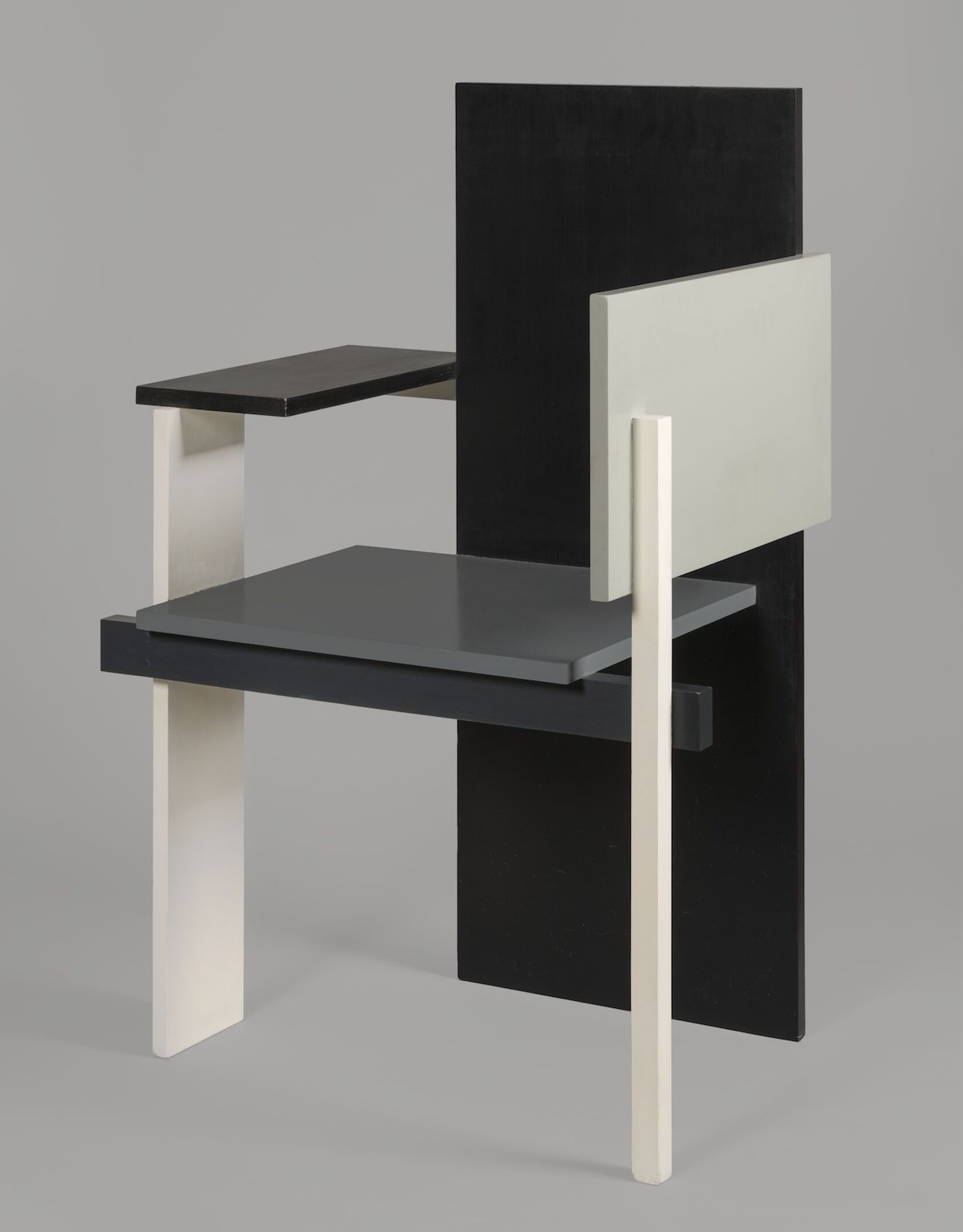
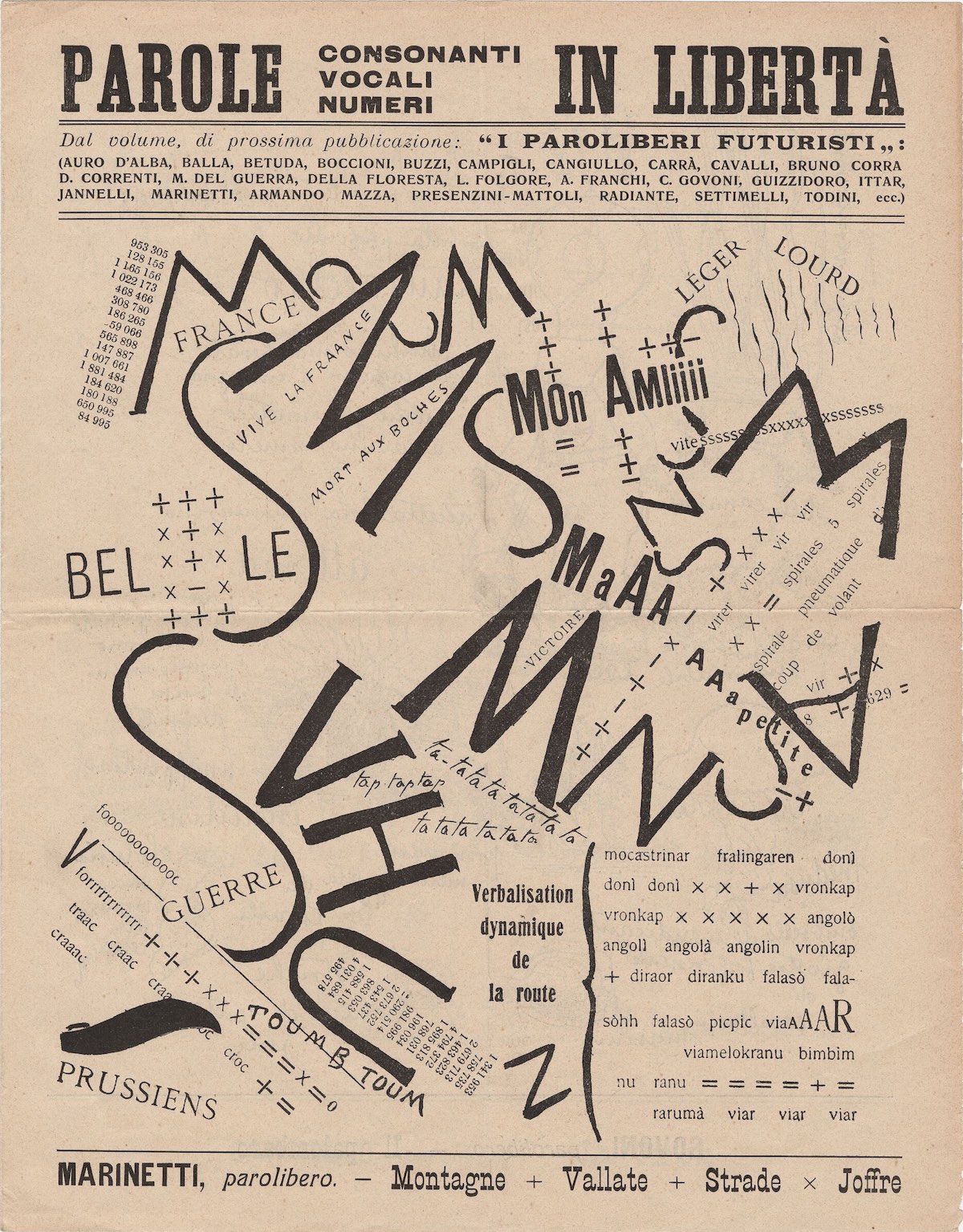
For Giacomo Balla and Depero, signatories of the manifesto Ricostruzione Futurista dell’Universo (Futurist Reconstruction of the Universe), the innovations developed in the traditional arts – painting and sculpture – were to be used for the transformation of everyday life into a new kind of universe: a ‘total work of art’.
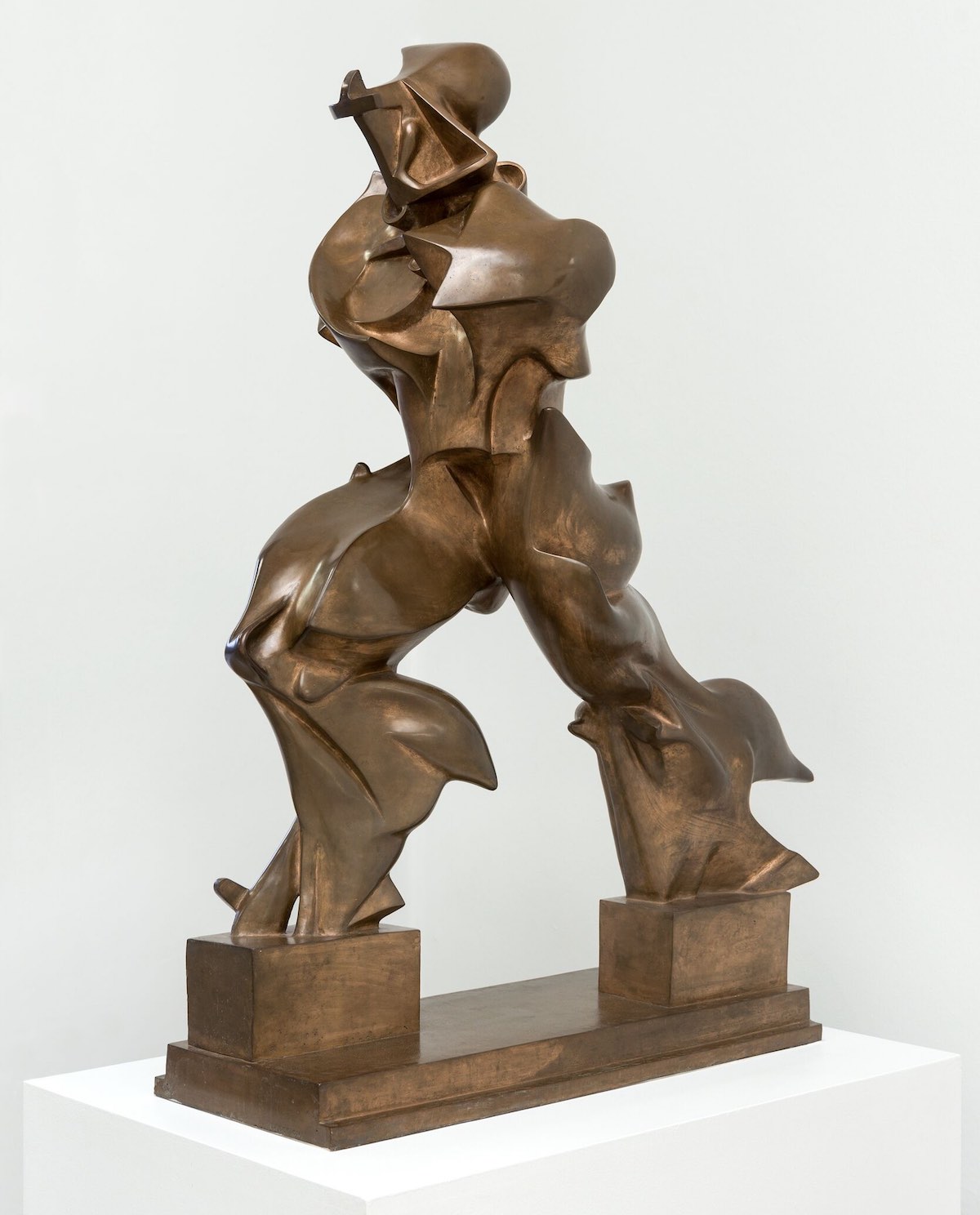

The Otterlo exhibition also relates Futurism’s links to other European movements such as De Stijl and Bauhaus: the Futurist ideal of the fusion of art and life had opened up an entirely new path for the European avant-garde, perhaps the most fruitful of the 20th century. For the Futurists, entering the international avant-garde scene meant broadening their horizons and refining their ideas.
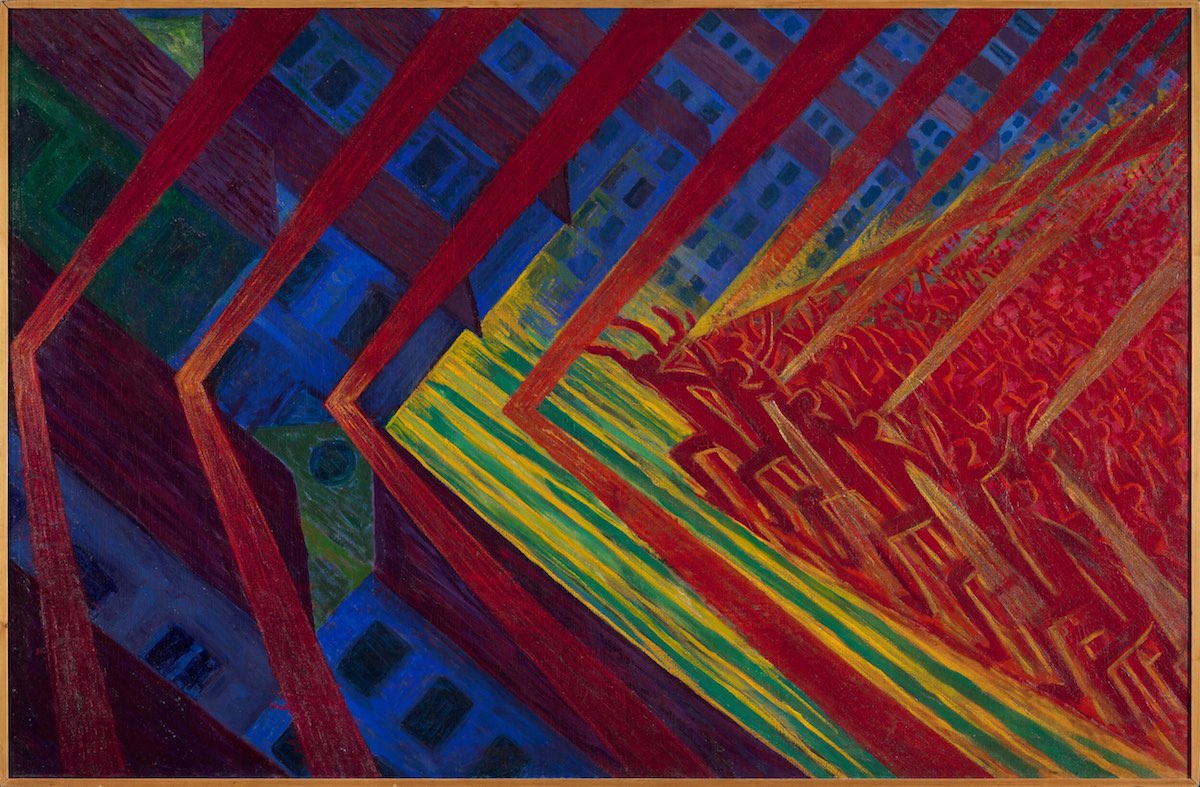
The exhibition starts with a core of works from the Kröller-Müller’s permanent collection and is enriched by loans from all over Europe and the rest of the world. And the scope of the Italian Futurists (among those in the exhibition: Giacomo Balla, Umberto Boccioni, Fortunato Depero, Antonio Sant’Elia, Benedetta Cappa and Enrico Prampolini) will be placed in dialogue with exponents of other European avant-gardes: Theo van Doesburg, Gerrit Rietveld, Georges Vantongerloo, Sonia Delaunay, Le Corbusier, Pablo Picasso, Olga Rozanova, Natalia Goncharova, El Lissitzky, Vladimir Tatlin, Alexander Rodchenko, Walter Gropius, Oskar Schlemmer and Alma Siedhoff-Busscher.

